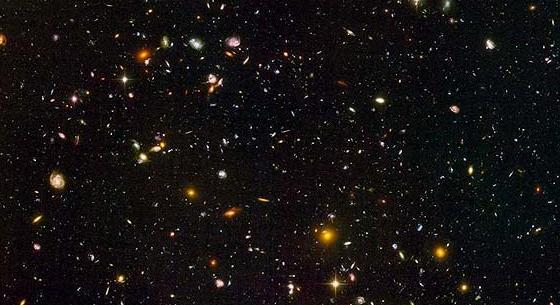

|
|
|
|
|
The cosmos within us
is a reflection of the outer cosmos. Every part, however tiny, is a fractal
of the whole of creation. And everything is part of everything else.
We're all
interconnected, in resonance with one another. We all share the same sacred
and divine center which thwarts any explanation.
Forms come and go, they can only exist within the framework of
time and space.
diac,
cosmic rhythms,
void-of-course
|
Have you ever
wondered, how living within a black hole would be? You might be surprised to
hear that the chances are good that our universe is such an exotic entity. Nasim Haramein, a French Canadian scientist demonstrates
that our universe fulfills all basic conditions to qualify for a black hole -
or black ‘whole' as he puts it.
According to
Wikipedia, 'a black hole is a region of spacetime from which gravity prevents
anything, including light, from escaping'. Living within such a thing, all we
may see is its inside. And because there's no way of knowing if there's
anything outside of it, the black hole becomes all there is, the 'whole'.
According to Albert
Einstein"s theory of relativity, strong gravitational fields bend the
path of photons. There are billions of galaxies, each galaxy again consisting
of billions of stars. Each one of these possesses a magnetic field. Photons
emerging from the edge of the universe may get notched around zillion times. And
with each notch their path slightly changes.
You know what
happens when light travels through water. Because water is denser than air,
light gets bent, creating a phenomenon called 'refraction'. You certainly
know what I'm talking about. It's impossible to catch the fish while spotting it
from above the water. You will miss, even though the water might be clear, simply because the fish isn't were it appears to be.
To a much smaller
degree, the same happens when light passes through gravitational fields of
stars and galaxies. Even though each single deflection may be very minute,
billions of such tiny angles will add up substantially.
Taking this into
consideration, one can be certain that after crossing billions of years of
deep space, the faint specks of light show up far from where they really are.
There's no way of knowing how many gravitational fields they have cut across,
and what the sum total of their paths' deviation might be. These far galaxies
could well be at the opposite end of the universe.
"Nothing is what it is, because everything is what it
isn't."
(Lewis Carroll: Alice in Wonderland)
|
©
2004-2015 - Khoji J. Vihara |


